X
wikiHow is a “wiki,” similar to Wikipedia, which means that many of our articles are co-written by multiple authors. To create this article, 22 people, some anonymous, worked to edit and improve it over time.
This article has been viewed 114,166 times.
Learn more...
Scientific notation is commonly used in chemistry and physics to represent very large or very small numbers. Changing numbers into and out of scientific notation isn't as hard as it looks. Just follow these steps to find out how to do it.
Steps
Method 1
Method 1 of 2:
Converting Numbers Into Scientific Notation
-
1Start with a very small or very large number. You'll need to start with a very small or a very large number if you want to successfully convert it into scientific notation. For example, 10,090,250,000,000 is very large; 0.00004205 is very small.[1]
-
2Cross out the original number's decimal point. This is the first step to beginning to convert the number into scientific notation. If you're working with the number 0.00004205, just write an "x" over the decimal point.[2]Advertisement
-
3Add a new decimal point to the number so that there's only one non-zero digit in front of it. In this case, the first non-zero number is 4, so place the decimal point after the 4 so that the new number reads 000004.205.[3]
- This works for large numbers, too. For example, 10,090,250,000,000 would become 1.0090250000000.
-
4Rewrite this number to drop any insignificant digits. Insignificant digits are any zeros that are not in between other, non-zero digits.[4]
- For example, in the number 1.0090250000000, the zeroes at the end are insignificant, but the zeros between the 1 and then 9, and between the 9 and the 2, are significant. Rewrite this number as 1.009025.
- In the number 000004.205, the leading zeros are insignificant. Rewrite this number as 4.205.
-
5Write "x 10" after the rewritten number. Just write 4.205 x 10 for now.
-
6Count how many times you moved the original decimal point. In the case of 0.00004205 to 4.205, you moved the decimal point over 5 times. In the case of 10,090,250,000,000 to 1.0090250000000, you moved the decimal point 13 times.[5]
-
7Write that number as the exponent over the number 10. For 1.0090250000000, write x 1013. For 4.25, write x 105.[6]
-
8Decide if the exponent should be negative or positive. If your original number was very large, the exponent should be positive. If your original number was very small, the exponent should be negative.[7]
- For example: the very large number 10,090,250,000,000 becomes 1.009025 x 10 13 while the very small number 0.00004205 becomes 4.205 x 10-5.
-
9Round your number as much as necessary. This depends on how certain you need to be in your answer. For example, 1.009025 x 1013 might be better off as 1.009 x 1013 or even as 1.01 x 1013, depending on how accurate you need to be.
Advertisement
Method 2
Method 2 of 2:
Converting Numbers from Scientific Notation
-
1Decide if you will be moving the decimal point to the left or to the right. If the exponent on the "x 10" part of the number is positive, then you will be moving the decimal places to the right; if the exponent is negative, you will be moving the decimal places to the left.
-
2Write down how many places you would need to move the decimal. In the case of the number 5.2081 x 1012, you will be moving the decimal point over five spaces to the right. If the exponent is a -7, you move left seven places; if the exponent is a 5, move right five places.
-
3Move the decimal point over, adding zeroes for every empty space. You may have to add them in front of or behind the number, depending on whether you are moving left or right. If you're moving the decimal point over 12 spaces to the right from the number 5.2081, then the new number becomes 5208100000000.
-
4Write the new decimal point after you've moved over the correct amount of spaces.
-
5Add commas to any number over 999. Go through the digits, from right to left, putting a comma in front of every group of three digits. For example, 5208100000000 becomes 5,208,100,000,000.
Advertisement
Community Q&A
-
QuestionHow do I know the number of significant figures?
 DonaganTop AnswererThe number of digits in the decimal number is the number of significant digits.
DonaganTop AnswererThe number of digits in the decimal number is the number of significant digits. -
QuestionWhat is 24 in scientific notation?
 DonaganTop Answerer24 = 2.4 x 10.
DonaganTop Answerer24 = 2.4 x 10. -
QuestionHow would I convert 1.23 x 10^-5 to 1.23 x 10^5?
 DonaganTop AnswererMultiply by 10^10.
DonaganTop AnswererMultiply by 10^10.
Advertisement
References
- ↑ https://www.mathsisfun.com/numbers/scientific-notation.html
- ↑ https://www.chilimath.com/lessons/introductory-algebra/writing-numbers-in-scientific-notation/
- ↑ https://chem.libretexts.org/Bookshelves/Introductory_Chemistry/Basics_of_General_Organic_and_Biological_Chemistry_(Ball_et_al.)/01%3A_Chemistry_Matter_and_Measurement/1.04%3A_Expressing_Numbers_-_Scientific_Notation
- ↑ https://davenport.libguides.com/math-skills-overview/scientific-notation
- ↑ https://www.calculatorsoup.com/calculators/math/scientific-notation-converter.php
- ↑ https://www.calculatorsoup.com/calculators/math/scientific-notation-converter.php
- ↑ https://www.mathsisfun.com/numbers/scientific-notation.html
About This Article
Advertisement

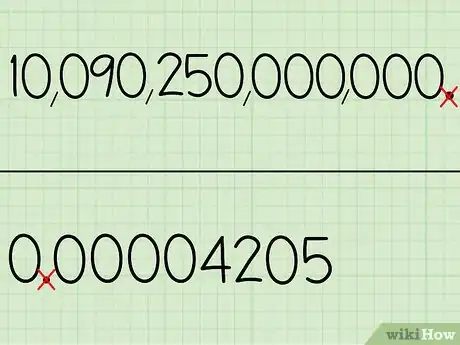
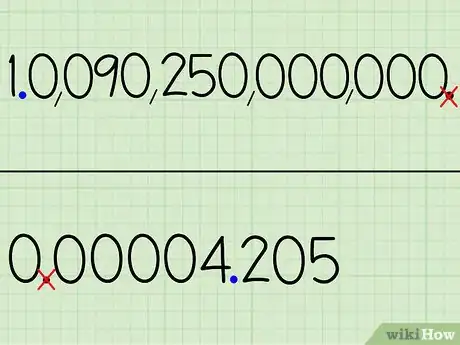
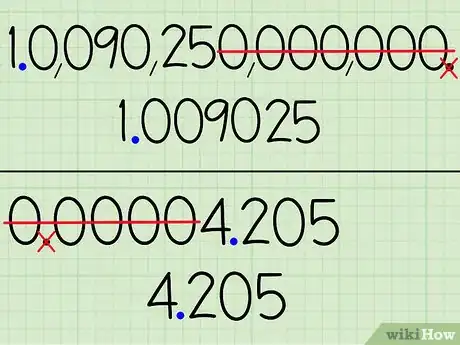
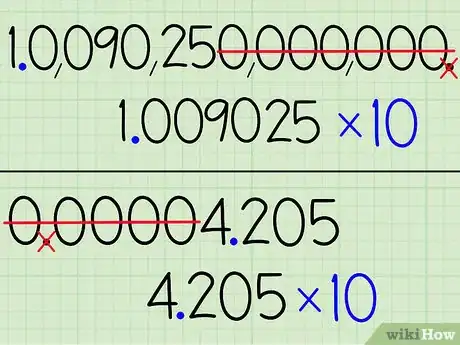
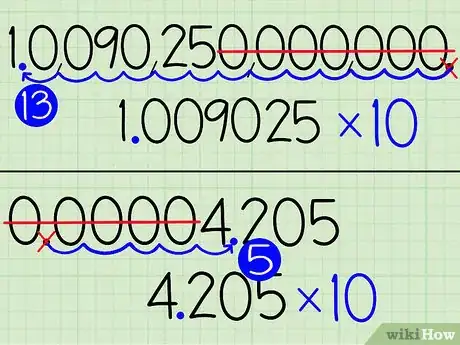
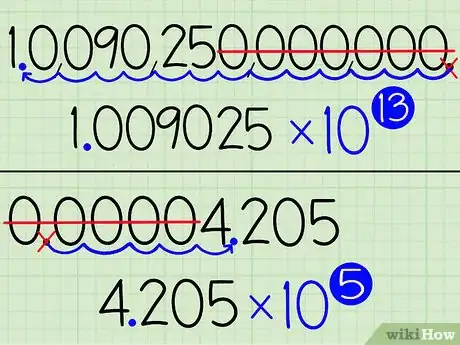
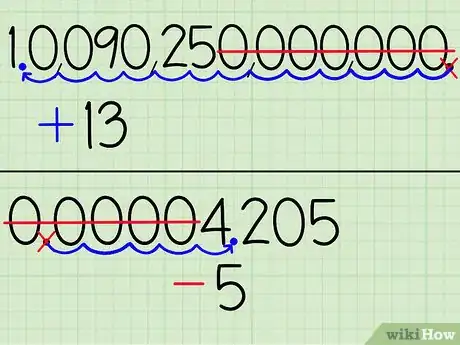

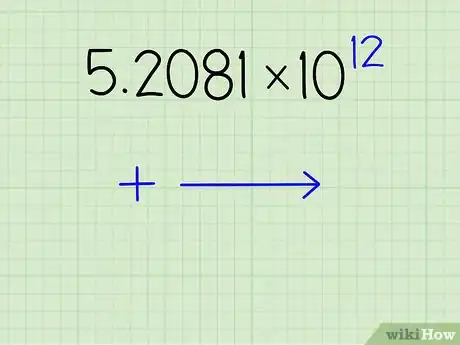
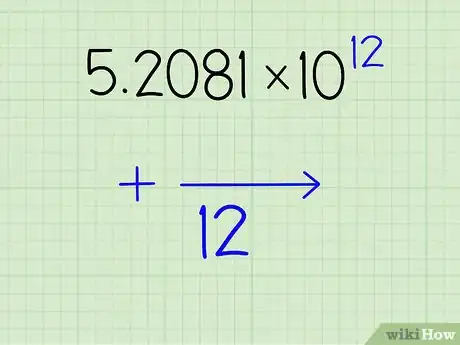
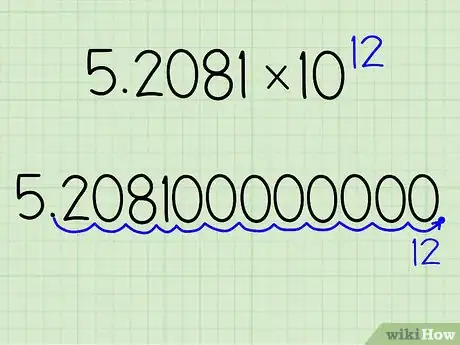

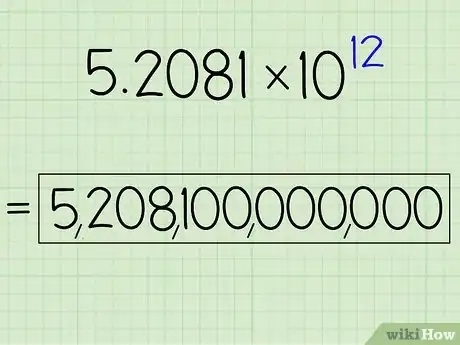

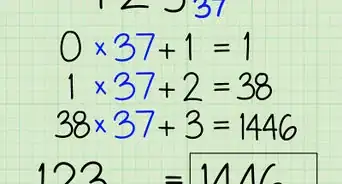
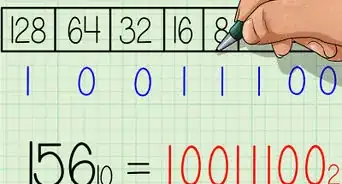
-to-Grams-(g)-Step-8-Version-5.webp)
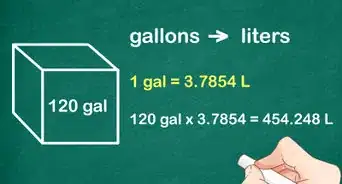
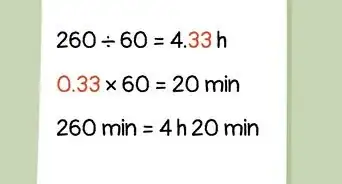
-to-Fahrenheit-(°F)-Step-6-Version-2.webp)
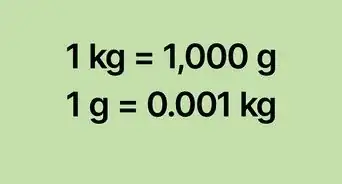

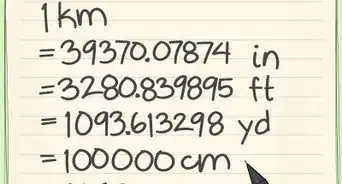

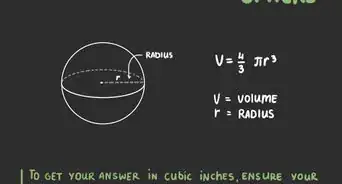
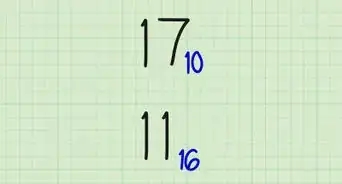
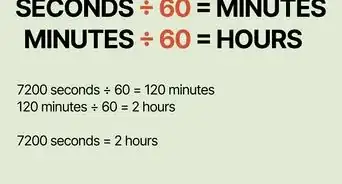






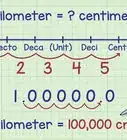
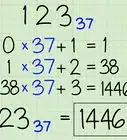

-to-Grams-(g)-Step-8-Version-5.webp)


































